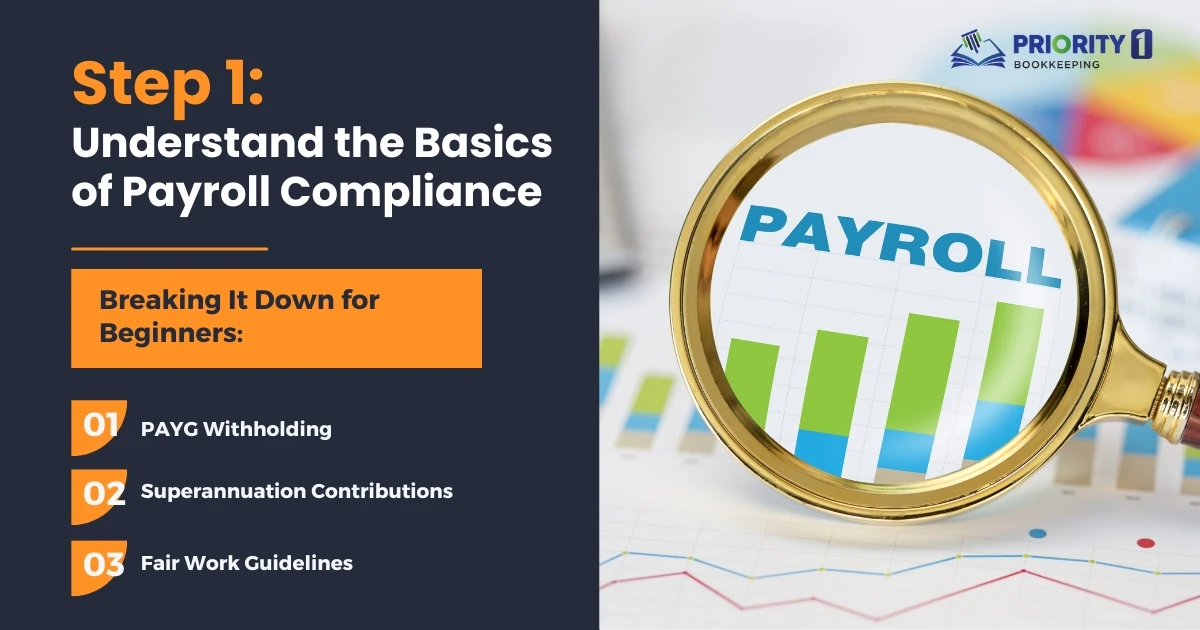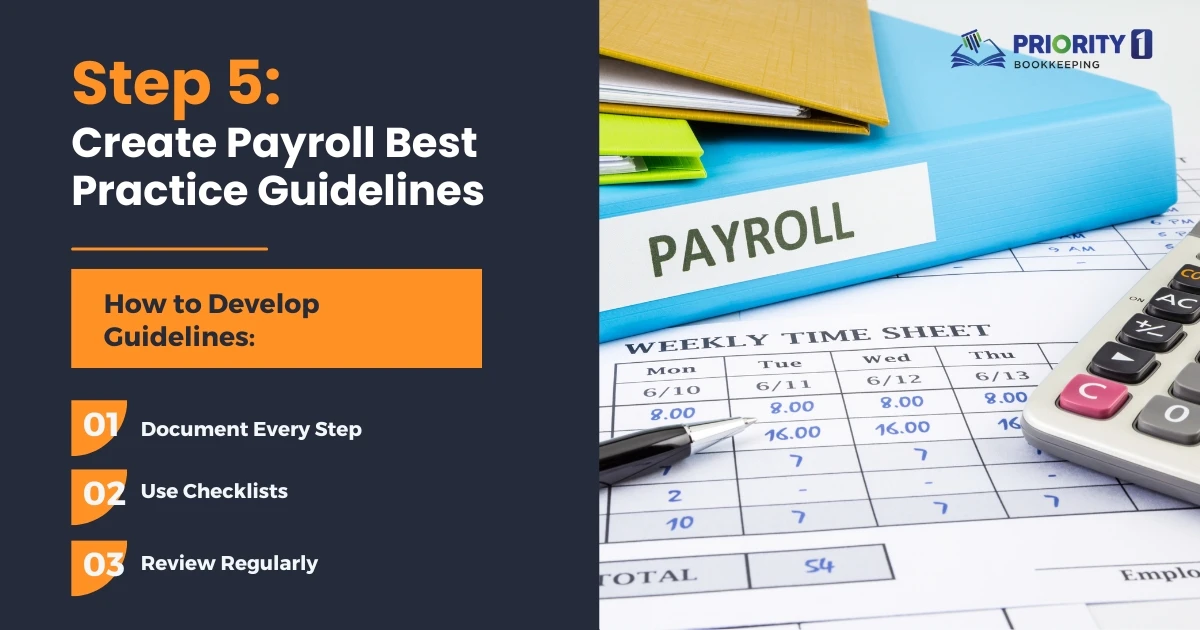
“Good accounting is the language of business success, and payroll is the heartbeat that keeps the organisation alive.”
This statement holds especially true for accounting firms and bookkeeping businesses striving to enhance their payroll practices. Payroll is more than just processing numbers; it’s about ensuring compliance, accuracy, and employee satisfaction—all while growing your business. For organisations in Australia, focusing on payroll best practices is a powerful way to expand operations, retain clients, and establish a reputation for excellence.
In this blog, we’ll guide you through a 10-step plan to grow your payroll practice, ensuring it aligns with industry standards and meets client expectations.

Payroll compliance is the foundation of any successful payroll practice. In Australia, businesses must adhere to laws set by the Australian Taxation Office (ATO) and Fair Work Australia. Compliance ensures that employees are paid correctly and that the business avoids legal penalties.
Employers must withhold the correct amount of tax from employee wages and report it to the ATO.
Employers need to contribute at least the minimum percentage of an employee’s earnings to their super fund.
Ensure employees are paid according to the relevant award or agreement, including entitlements like overtime and leave.
Familiarise yourself with these regulations and create a checklist to ensure you meet all compliance requirements.

Using outdated methods for payroll processing can lead to errors and inefficiencies. Technology simplifies tasks and ensures accuracy.
Look for cloud-based platforms like Xero, MYOB, or QuickBooks that integrate with other accounting tools.
Set up automatic calculations for taxes, superannuation, and deductions.
Use platforms that allow employees to access their payslips, update their details, and apply for leave online.
To make an informed decision, begin your software evaluation with free trials. This hands-on experience will help you understand the software’s strengths and weaknesses.

Focusing on a specific industry or client type can make your services more appealing and allow you to develop deep expertise.
Identify sectors with unique payroll challenges, such as retail, hospitality, or construction.
For example, construction companies may need payroll systems that handle irregular hours and overtime.
Create packages that address specific industry needs, like managing awards and agreements.
When you specialise, you become the go-to expert, which can attract more clients.

Payroll is complex, and having a well-trained team ensures accuracy and builds trust with clients.
Look for candidates with experience in Australian payroll laws.
Keep your team updated on changes to tax laws, superannuation rates, and other regulations.
Foster a team environment where members can share insights and solve problems together.
Even if you’re a solo operator, consider outsourcing tasks to specialists when needed.

Consistency is key in payroll processing. Standardised guidelines help ensure that every payroll run is accurate and compliant.
Create a detailed process for tasks like entering employee data, calculating wages, and filing reports.
Develop checklists for weekly, monthly, and annual payroll tasks.
Update your guidelines whenever laws or technologies change.
Share your guidelines with your team to ensure everyone follows the same processes.

Clients won’t know about your services unless you promote them. Marketing helps you reach your target audience and showcase your expertise.
Include pages that highlight your payroll services, client testimonials, and contact details.
Optimise your website for keywords like “payroll practice” and “payroll best practices.”
Share informative posts about payroll trends and tips on platforms like LinkedIn.
Start small with a basic website and gradually invest in paid advertising as your practice grows.

Happy clients are your best advocates. Building strong relationships ensures long-term success and referrals.
Schedule monthly check-ins to discuss client needs and address concerns.
Notify clients about upcoming changes in payroll laws or deadlines.
Understand each client’s unique needs and tailor your approach.
Treat every client as a partner in success, not just a transaction.
 Why Add More Value
Why Add More ValueGoing beyond basic payroll services can differentiate your practice and justify premium pricing.
Provide clients with insights into payroll trends and workforce costs.
Help clients forecast payroll expenses and plan budgets.
Streamline the onboarding process by managing payroll setup for new hires.
Highlight these additional services in your marketing materials to attract more clients.

Regularly assessing your practice helps you identify what’s working and what needs improvement.
Use metrics like accuracy rates, client retention, and turnaround times.
Use surveys or informal check-ins to understand client satisfaction.
Hold team meetings to discuss challenges and brainstorm solutions.
Even negative feedback is valuable—use it as an opportunity to improve.

The payroll industry is constantly evolving. Staying informed ensures your practice remains competitive.
Follow updates from organisations like the Australian Payroll Association.
Participate in webinars, workshops, and conferences to learn from experts.
Join industry groups to exchange ideas and gain new perspectives.
Share your insights with clients to position yourself as a thought leader.
Growing a successful payroll practice requires strategic planning, a commitment to compliance, and a focus on client satisfaction. By following this 10-step plan, you’ll be well-equipped to expand your operations, improve efficiency, and deliver exceptional value to your clients.
At Priority1 Bookkeeping, we specialise in delivering payroll solutions tailored to Australian businesses. Let us help you streamline your payroll processes and achieve your business goals.
Stay updated with expert bookkeeping tips and insights! Subscribe now to receive updates directly in your inbox for your business.
* We never spam your email
38B Douglas Street, Milton QLD, 4064 Australia
Monday - Friday 09:30 AM - 05:30 PM
© 2025 All Rights Reserved.